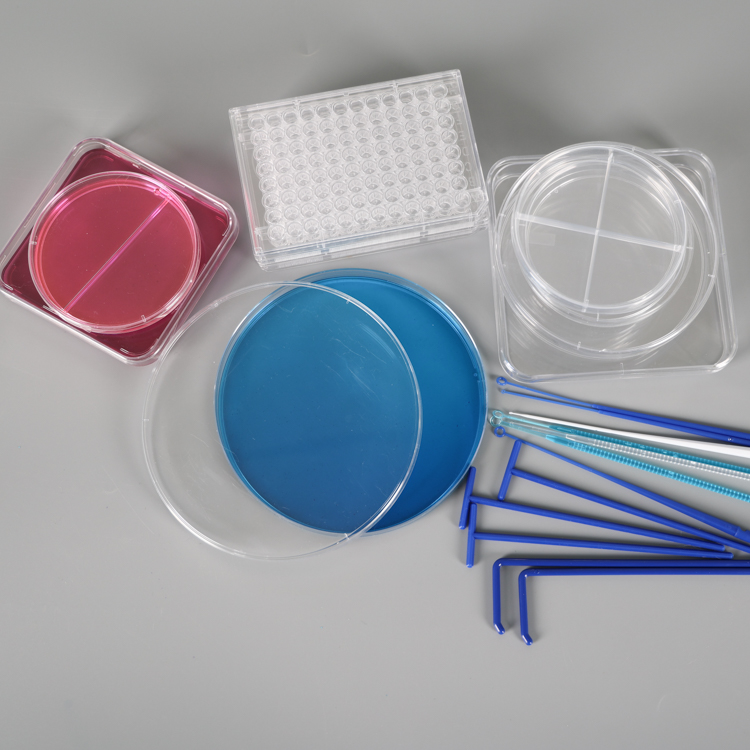How took so long?
According to IDTechEx's 2011-2021 RFID application in the apparel industry, this year, the use of passive UHF RFID tags in the apparel industry exceeds the sum of all other industries for the first time.
Hundreds of franchised laundries at military bases, hospitals and casinos have first used labels for the rental of clothing and linens, which have been widely recognized. Each year, the use of labels reaches more than 60 million. By 2021, it will gradually increase to 200 million.
In contrast, the application of RFID in the apparel industry has been very clear. The purpose is to reduce the losses caused by out-of-stock in the retail supply chain, and at the same time bring some other benefits. Although most of the apparel industry uses disposable labels, some items can also use reusable labels. About 100 retailers and their suppliers have regretted that they have not implemented the project earlier, and have made profits from profits and customer service. They are actively joining the pioneers who are emulating RFID in the apparel retail industry to make up for losses. Indeed, RFID's growth in this market is far ahead of other industries, with an 8.9-fold increase in market value in 2011-2021, which is twice the increase in the overall RFID market. Marks & Spencer first applied RFID tags to the apparel industry, and Wal-Mart began to compete this year.
Low input, high returns, and relatively low infrastructure investment result in higher returns. In general, most clothing stores only install one fixed reader to monitor the transportation of inventory items from the warehouse to the store. In addition, there are handheld readers for flexible use by employees. The implementation process does not require large capital investment, but it can obtain substantial capital gains.
Smart shelves are still just a dream. Smart shelves will eventually come true one day. The main obstacle now is that the accuracy of reading in tag-intensive environments requires the further development of technology; capital costs are also a major factor to consider. There are still many problems to be solved. However, there is at least one clear path for smart shelves. Once the bottleneck is resolved, the implementation of smart shelves is just around the corner.
RFID tags on apparel brands must be able to withstand the harsh environment of dry cleaning, washing and ironing. Therefore, the clothing label in the next generation of daily life is a considerable challenge both in terms of technology and priority investment return. Existing disposable clothing labels, therefore, should continue to be used for a period of time before existing disposable labels are completely included in everyday textile labels.
Distribution by country IDTechEx surveys users by country, mainly concerning retail product tracking in the supply chain. It also includes research on manufacturing, pallet loading, container transportation, and industrial laundries.
The results of the study concluded that Japan, the United States, and Germany have a wide range of applications.
Petri Dishes (Stackable & Slippable)
Manufactured from medical-grade virgin polystyrene
Ventilation ribs reduce condensation and allow air circulation
Consistent flatness allows for even media distribution
Flared lid skirt and squared corners for easy one-hand operation, especially with gloves
Stackable Petri Dishes
Recommended for standard microbiology or general laboratory use
Stackable lid design for increased stability
Available in two sizes: 60mm x 15mm and 100mm x 15mm
Automation Petri Dishes (Slippable)
Designed for automated filling and streaking systems
Side Arrows and ISO Mark Target for automation
Available in 100mm x 15mm size
Petri Dishes (Slideable)
Features a partial edge ring on base which allows a single dish to be slid from a large stack and enhances stability when stacked
Petri Dishes (Non-treated Cell Culture Dishes)
Stronger, heavier construction
Surface is hydrophobic and does not facilitate cell attachment
Available in four diameters: 35, 60, 100 and 150mm
150mm x 15mm Petri Dish now available
35mm dish has off-set bottom for improved handling
60 & 100mm dish features a grip ring on the base
Lids contain molded spacers for gas exchange
Stackable lid design for increased stability
Packaged sterile (gamma irradiated)

Cell Dish,Inoculating Loops,Culture Plate,Pasteur Pipette,Cell Culture Dish
Yong Yue Medical Technology(Kunshan) Co.,Ltd , https://www.yongyue-tube.com
